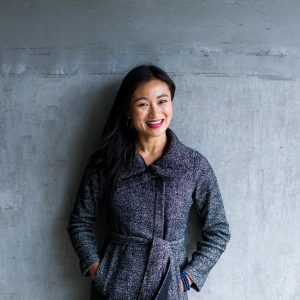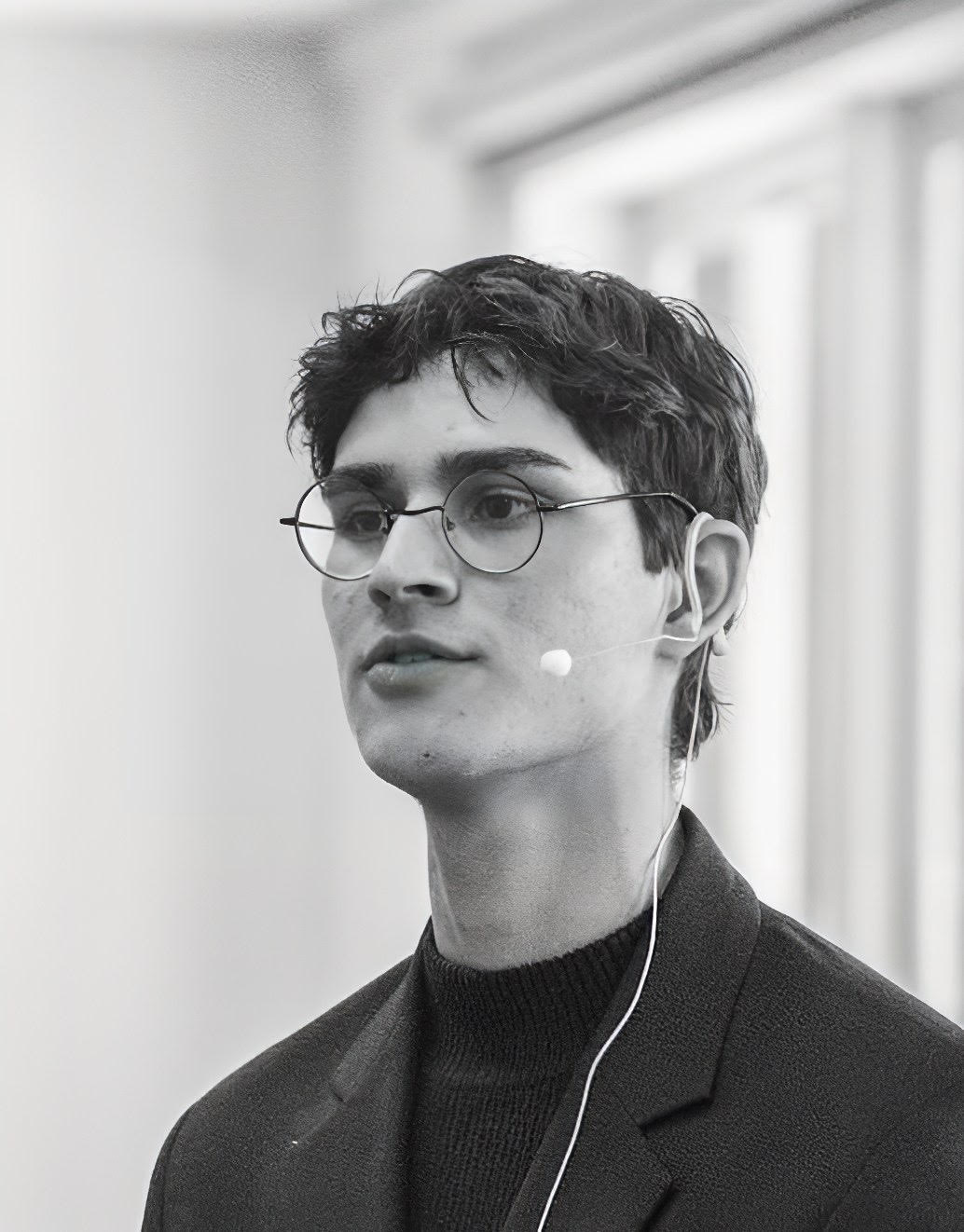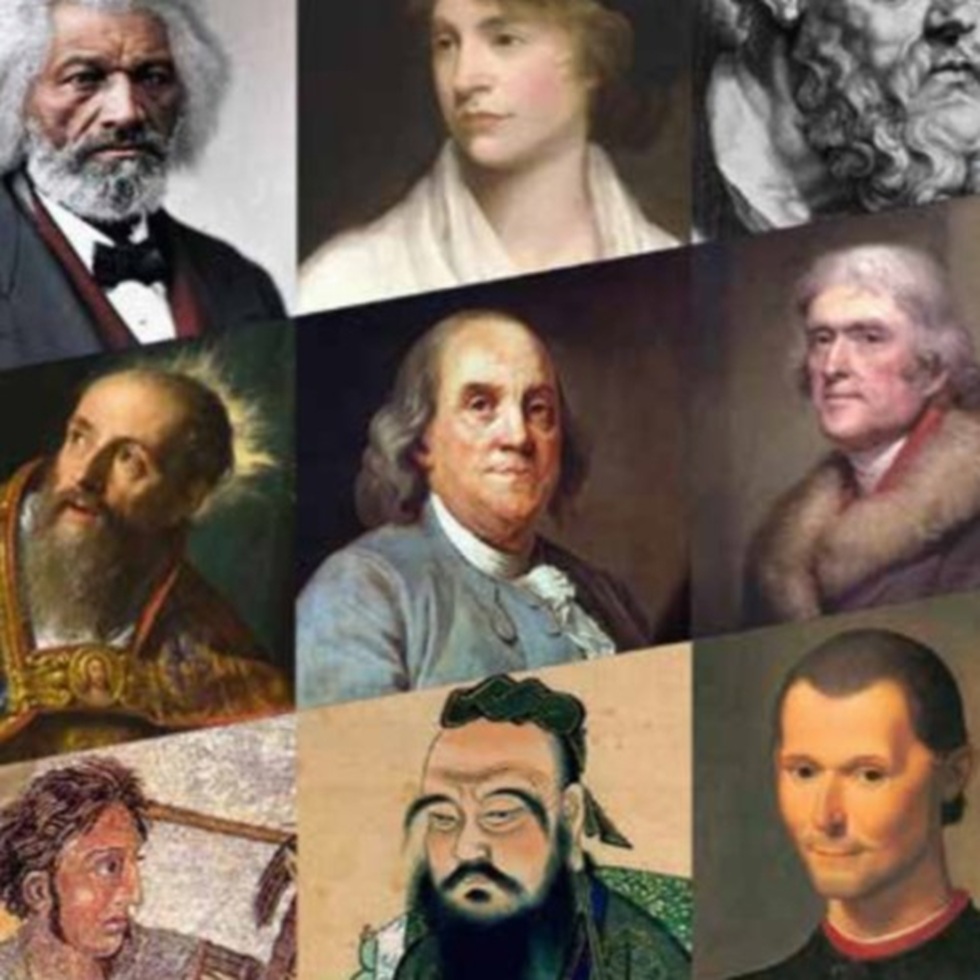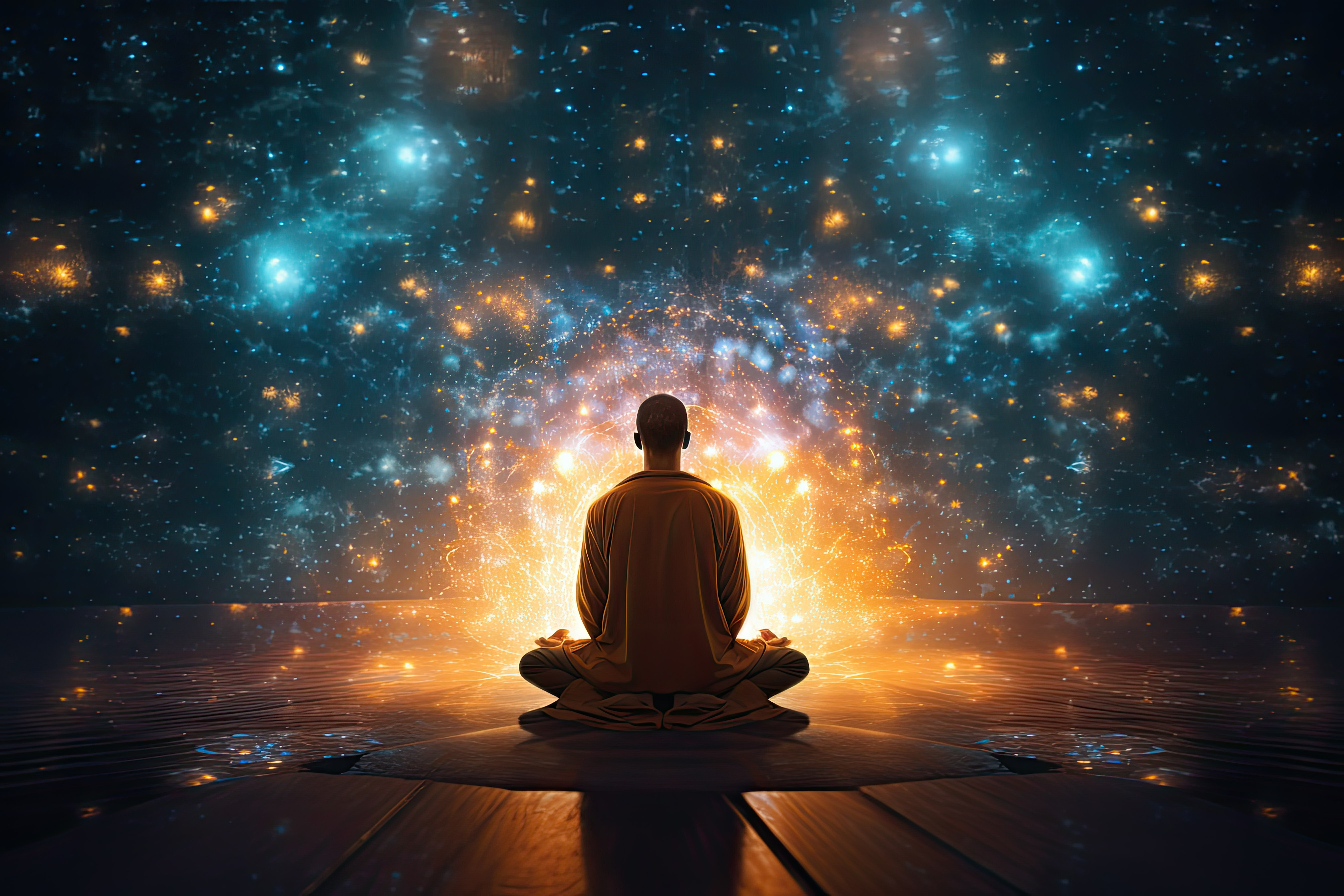
Dharma Coming to Life — An Interview with Author Chenxing Han
Tell us about yourself.
I’m a writer whose first book, Be the Refuge: Raising the Voices of Asian American Buddhists, is coming out with the California-based nonprofit publisher North Atlantic Books on January 26, 2021. The seeds for this book were planted during a gap year between high school and college, when I volunteered and traveled in Asia and felt drawn to the many forms of Buddhism I witnessed in Hong Kong, Thailand, Nepal, and Tibet. I was raised by atheist parents, but I started exploring Buddhism in earnest during college. I seldom met other young adult Asian Americans at the majority-white meditation centers and majority-Asian Buddhist temples I visited, which set me off on a project to interview young adult Asian American Buddhists. Eighty-nine interviews later, I realized these voices merited a book.
It’s taken many painstaking years to bring that book to fruition, during which time I worked in various nonprofits and trained as a Buddhist chaplain in the Bay Area before moving to Asia to focus on writing. Back in the Bay Area after living in Taiwan, Cambodia, and Thailand, I’ve been preparing for the book launch while also working on a memoir about my education in Buddhist chaplaincy.
Several of the people I interviewed for Be the Refuge are connected to CTTB and DRBU, and I’m looking forward to the vaccinated future when it will be safe to visit again.
What inspires/motivates you as an individual?
Buddhism in its many forms: people, art, community, texts, architecture, chant, teachings, etc. Nature in its many guises: fleeting rainbows, flitting hummingbirds, falling leaves, fruiting trees, fearsome waves, fallow fields, frosty mountains, etc. Art and travel. Actions (and inactions!) that nurture peace, compassion, wisdom, and care.
How does the dharma come alive for you/in your life?
As the late Aaron J. Lee (author of the Angry Asian Buddhist blog) once said to me, “It’s so interwoven with everything in my life it’s sort of annoying for people…”
The dharma comes alive for me in so many ways. Chant and silence. Murals and stories. The smell of incense and the curve of fruit offerings. Lovingly prepared vegan meals. Sweet tea poured over a baby Buddha statue. The Cambodian grandma who whacks my thigh during a monk’s sermon when she sees me nodding off in the heat. Elephant-trunk-thick candles in the vihara. The (same) grandma who whacks an auntie’s butt to warn her away from the candle flame licking at the auntie’s embroidered silk skirt. Moments of stirring and moments of stilling. Moments of solemnity and moments of silliness.
As I write in Be the Refuge: “It’s hard to pinpoint an exact moment when I ‘converted’ to Buddhism. It was more of a gradual steeping, Buddhism suffusing my life the way tea remakes water, a subtle flavor intensifying over time.”
What interested you in Buddhist chaplaincy? (How) Do you find yourself integrating that into your current work as a writer?
As the only child of nonreligious immigrants from China, I didn’t know the meaning of the word “chaplaincy” until my college years. My first immersion in Buddhist chaplaincy came during the summer after graduation, when I volunteered under the tutelage of the staff (bodhisattvas, really) of Brahmavihara, a Phnom Penh-based organization founded by Rev. Beth Kanji Goldring. Being with the severely ill and dying showed me the limits of my education. My undergraduate degree could not teach me how to be present with these fellow human beings. It was a humbling experience that made me curious to learn more.
That curiosity led me to the Sati Center for Buddhist Studies’ yearlong chaplaincy training program, followed by a master’s program at the Graduate Theological Union and the Institute of Buddhist Studies in Berkeley, followed by a yearlong clinical pastoral education (CPE) program in the Bay Area. My CPE supervisors and peers, along with the hospital patients and staff, gave me the courage to pursue a long-held (and long-quelled) dream: to dedicate myself to writing.
My CPE supervisor’s blessing reverberates even now, five years after she offered it: “Chaplaincy needs writers too.” Buddhist chaplaincy taught me how to listen deeply to other people’s grief and anger; writing has taught me not to fear my own difficult emotions. My hope is that the readers of Be the Refuge will find spiritual solace and support in its pages. I may not wear a chaplain badge anymore, but I consider my writing to be a form of chaplaincy, and I believe people of all professions can be spiritual caregivers.
Please share about your experience with Buddhism and writing. We’d love to hear more of your experience writing about Buddhism!
I’ve been writing for as long as I can remember, but for most of my life I didn’t think someone like me—a Asian American immigrant woman, a layperson who is neither a celebrity nor a Buddhist teacher—could publish a book. I’ve felt a magnetic pull toward spirituality for as long as I can remember, but my journey into Buddhism was delayed: in part from an inherited aversion to religion, in part from the fear of being seen as a “superstitious Asian immigrant” if I aligned myself with the faith. Interviewing so many other young adult Asian Americans for Be the Refuge helped me realize that there isn’t one right way to be a Buddhist—what a relief! Buddhism and writing are both liberatory practices for me—though sometimes they feel more like gifts than practices (a gassho to my Jodo Shinshu friends for helping me appreciate this). I am so fortunate to have the opportunity to weave both into my life, to witness the interplay between the two, to wonder where they will lead me next.


